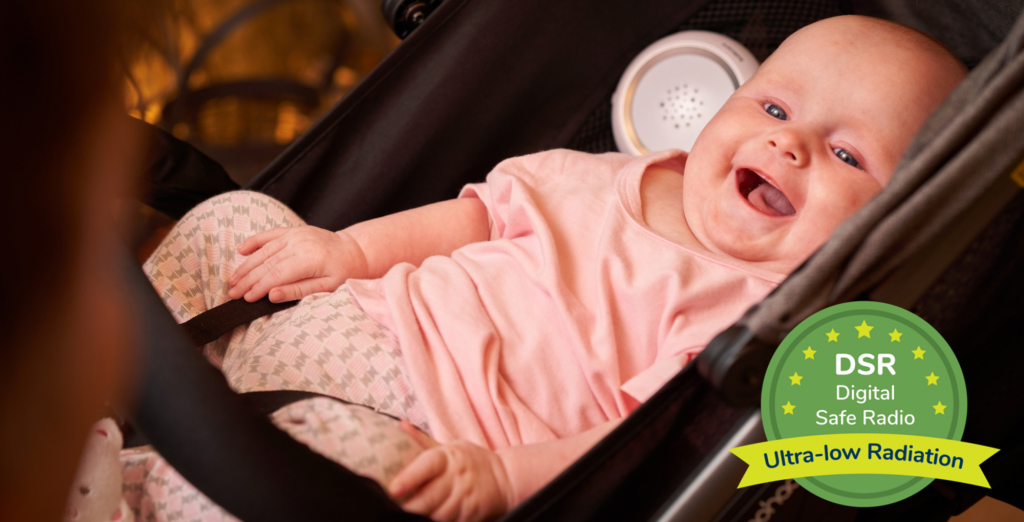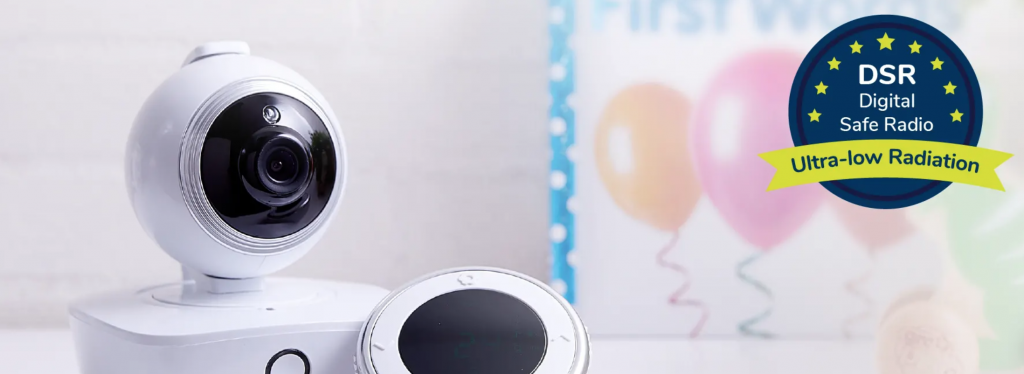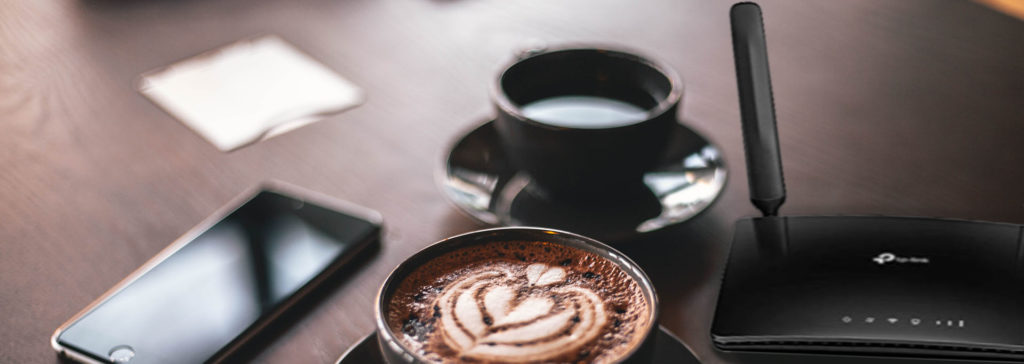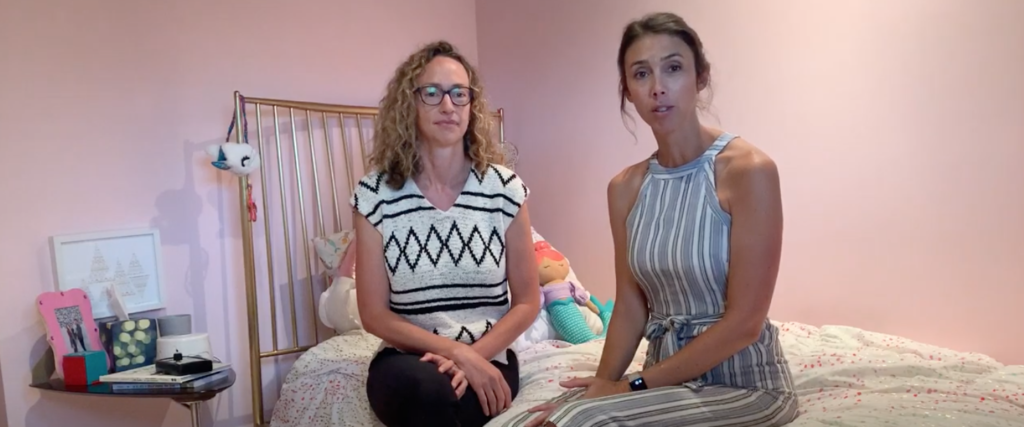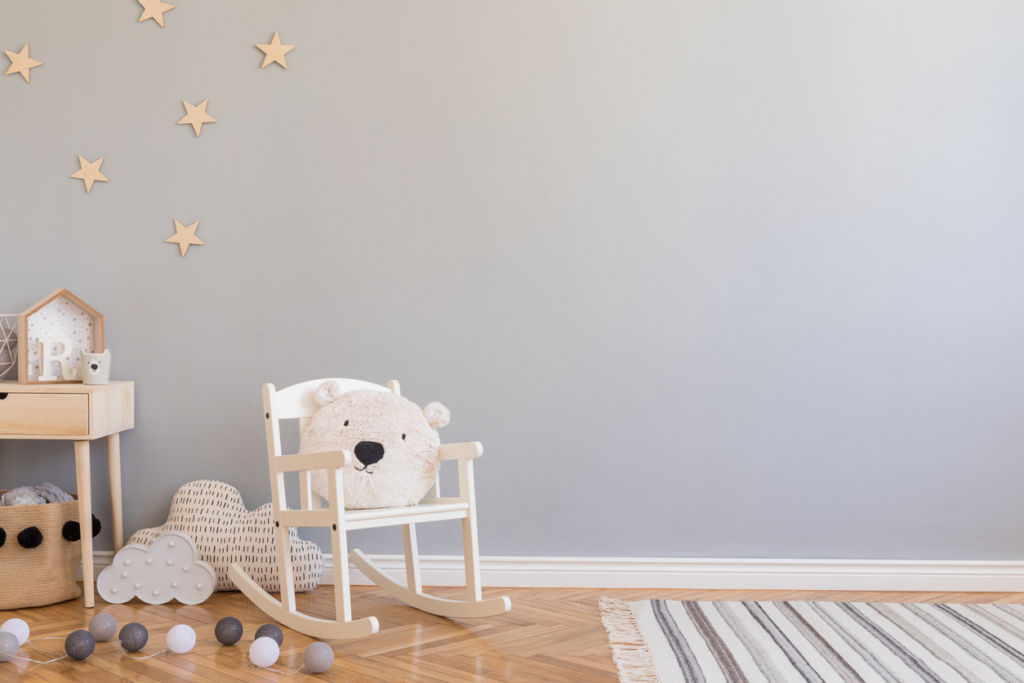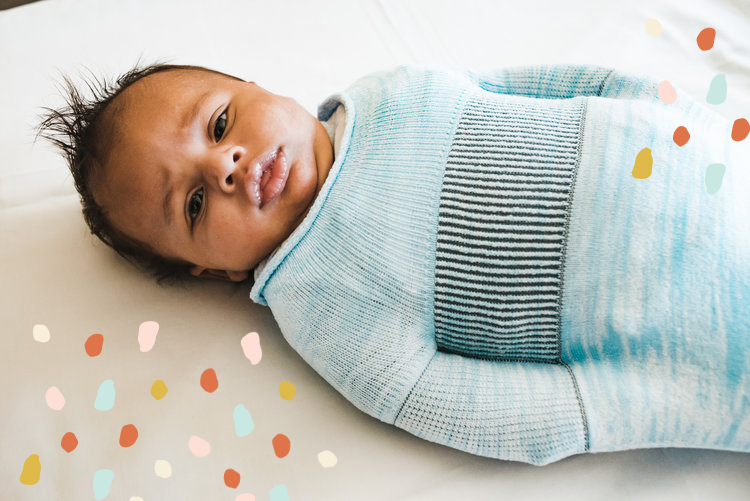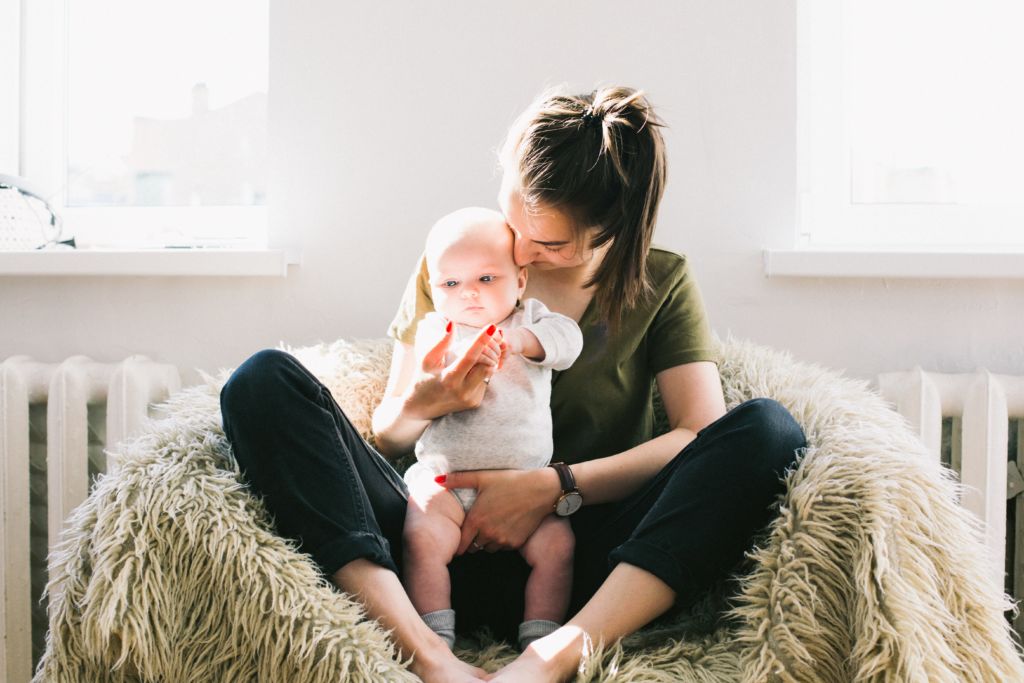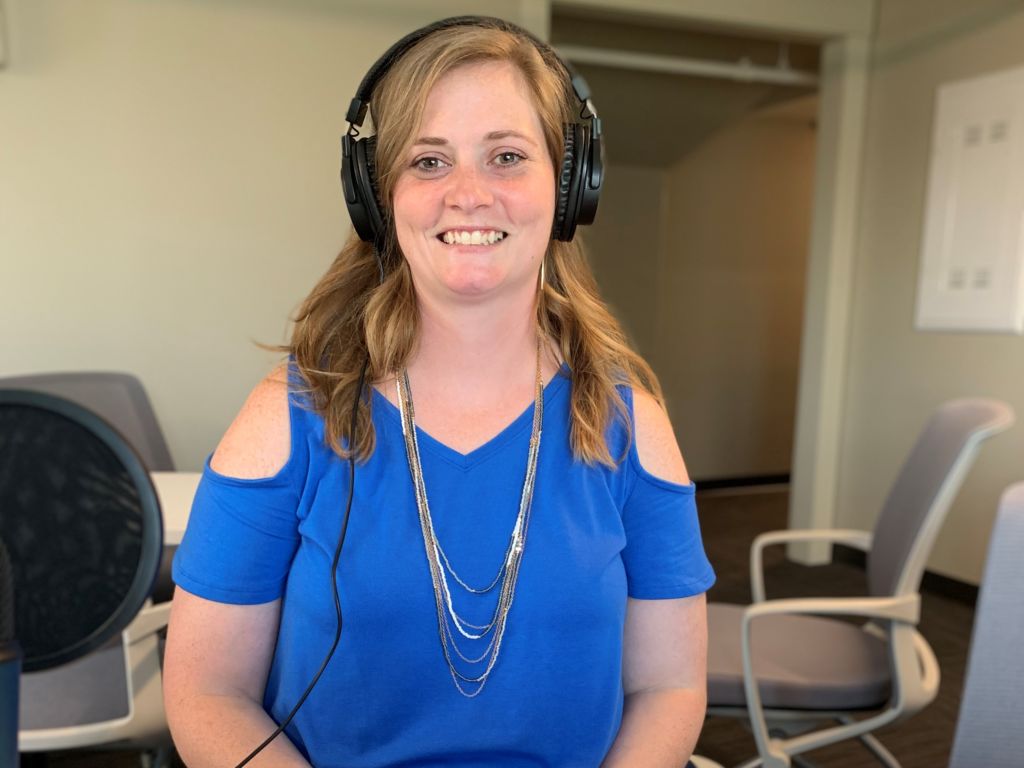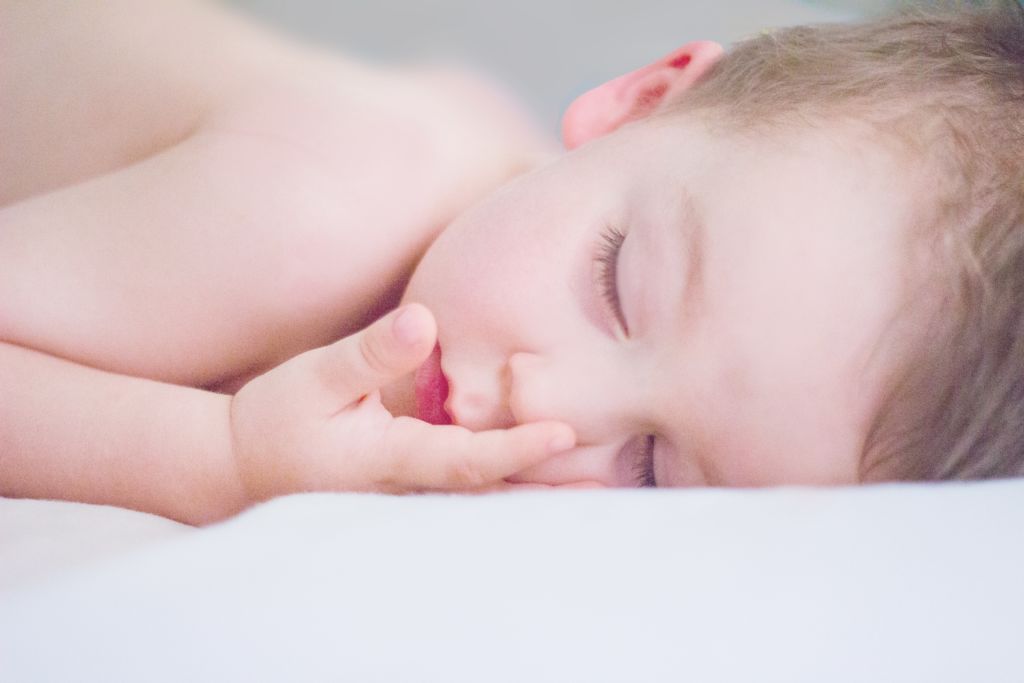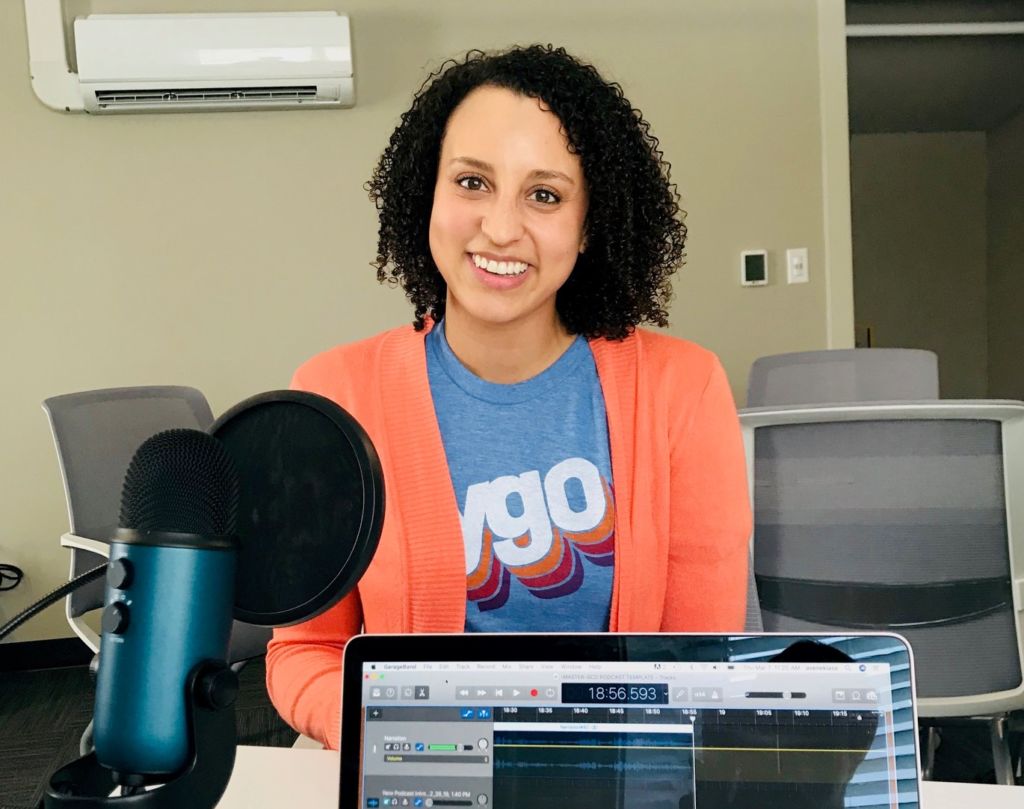Chris Emmer, a former client, talks about her sleep journey with daughter, Sam, and working with Alyssa. She started when Sam was six months old and cannot believe she waited so long to seek help. In a sleep-deprived fog, she finally called in “the big guns” for help! You can listen to this complete podcast episode on iTunes or SoundCloud.
Alyssa: Welcome to Ask the Doulas Podcast. I am Alyssa, and I am so excited to be talking with Chris Emmer today. Hello, Chris!
Chris: Hi!
Alyssa: You were a client of ours. You did birth, postpartum, and then sleep with me. So we’re going to focus in on sleep today.
Chris: Let’s talk about sleep, the most important thing!
Alyssa: So when did you realize that you needed help with sleep? How old was Sam, and how did the beginning weeks or months go with sleep? Were you like, “Oh, yeah, this is great, no problem”?
Chris: Okay, definitely wasn’t, “Oh, yeah, this is great.” It’s hard to say because honestly, those first couple of months – I call them the blackout period. I kind of don’t remember what happened. I know I wasn’t sleeping. I know I cried a bunch, and I was breastfeeding, like, 24/7. But I don’t know; it’s all such a blur in those first couple months, and I remember doing a lot of research on everything. So before I had her, I did a lot of research on car seats and cribs and diapers and all the things you buy, but I did zero research on sleep and breastfeeding – the two most important things! So after she was born, I felt like I was doing a crash course in how to have a kid. And after doing a lot of internet searches and downloading ebooks and taking webinars, all these things, I was feeling so overwhelmed with information. My baby’s not sleeping. I feel like I’m going to lose my mind. Like, I just need to talk to a person! And that was when I reached out to you.
Alyssa: And how old was she? Six months?
Chris: I think she might have been six months, yeah.
Alyssa: That’s what comes to my mind.
Chris: I think so.
Alyssa: So do you feel like you had six months of just pure sleep deprivation? You were just gone?
Chris: Absolutely. Yeah. There was no day and no night. And I remember very vividly sitting in my chair in the corner of the nursery breastfeeding, and when I got out of the bed and went to the chair, watching my husband just sprawl out and take up the entire bed, and just shooting daggers out of my eyes at him. And sometimes coughing loudly. “How was your night?” I would say to him in the morning. But yeah, we just had no strategy was the thing, and there was a ton of crying on her part, as well. She wasn’t just having a fly by the seat of her pants good time. She was not a happy camper, either, so we were like, okay, let’s step this up a level. We’ve got to do something here.
Alyssa: Right. I think the crying part is a big part of sleep deprivation for the child that the parents don’t think about, because they’ll call me and say, “I don’t want to do cry it out.” I’m like, “Good, I don’t do cry it out. But you have to understand that crying is just a healthy part of how a baby communicates, and in these sleep-deprived kids, your baby has done a heck of a lot more crying than they’re going to do while we get them on a schedule, and then there will be no crying.” So if you think about, cumulatively, how many hours of crying she did over those past six months because she was sleep deprived, and maybe you have to deal with a little bit of it during sleep training. I want to kind of hear about the journey from six months until now because we had some ups and downs with sleep. We’d get her on track, and then a new developmental milestone would happen and you would be like, “Help! What’s going on?”
Chris: That’s me, frantically texting Alyssa! So around six months – I honestly think before that, she wasn’t taking a single nap during the day, and when I talked to you, you were like, okay, psycho, you should be doing actually three naps a day. Here’s what time they are; here’s how they go. And then in the beginning, you gave us the shush-pat technique, which was what we did for a while there. And it ended up working super well. I think before we decided to call in the big shots, which is you, we were like, oh, sleep training; what a scary word. We better stock up on wine for the weekend we do that! You know, we thought it was going to be this traumatic thing, and we would both be scarred, and our child would be emotionally scarred. But she cried less the first weekend we did sleep training than she did any normal weekend when we weren’t doing it. Like, significantly less. I think she only cried for 15 minutes the first time, and then she fell asleep. Like, what??
Alyssa: I remember you saying, “How is this possible? What did you do to my child? Whose baby is this?”
Chris: Yeah, what’s happening? Did you possess my child? So yeah, we were just shocked that it worked almost right away, and it was not traumatizing whatsoever. What we were doing before was much more traumatizing, and we were doing that every single day! So once we had a few successes, it became much easier to stick to a more planned-out schedule, so that was around six months.
Alyssa: I remember the best was the photo you sent of me – I think she was now taking regular naps. It was the third or fourth day in a row, and you were like, oh, my God, she’s an hour through this two-hour nap. We’re going to hit the hot tub. And you sent me a picture of two champagne glasses on the edge of the hot tub, and you were like, yes! We did it!
Chris: That’s one of my favorite parenting memories! It was the greatest success because really, I feel like sleep is probably the most important thing.
Alyssa: I think it is!
Chris: Yeah, especially in terms of sanity for mom and dad. My emotional state was not stable when I was super sleep deprived. I was just forgetting everything, crying at the drop of a hat. It really affects you.
Alyssa: On so many levels. Your relationship; your child’s not happy, so you can’t even bond with your child effectively because you’re both sleep deprived and unhappy, and then you’re like, why are you crying? I don’t know what to do, and you just want to sleep, and we end up getting in these really bad cycles of, well, I just want to sleep, so let’s just do this, whatever “this” ends up being, whether it’s cosleeping or breastfeeding or holding or rocking or driving in the car. You just kind of get into survival mode.
Chris: Yeah. And I would just nurse her to sleep. I think I spent – oh, my God. I feel like I spent the entire summer sitting in my nursing chair trying to breastfeed her to sleep and then slow motion trying to drop her into the crib, and then she would just wake up one second later, and I’d be like, ugh, that was an hour and a half of work, and now she’s wide awake! So yeah, that was the beginning.
Alyssa: And then I didn’t hear from you for a little while, and then probably maybe eight or nine months, you think, she had another development milestone where she was sitting up or something?
Chris: Yeah, she started sitting up and then she started crawling. I remember when she first started crawling, that was a huge change because she would just do laps around her crib. She was running a marathon in there, and I would just watch her on the monitor and be like, oh, my God, I can’t shush-pat her anymore. She hates that!
Alyssa: Yeah, it’s way too stimulating.
Chris: Yes, which I wouldn’t have known if I didn’t text you again! I was still in there trying to shush-pat her for hours.
Alyssa: She’s, like, get away from me, lady!
Chris: She’s like, all right, chill, Mom; stop! So at that point – what did we do at that point? We stopped shush-pat. Oh, we started the timed-out interventions.
Alyssa: Yeah, just going in after a certain amount of time, increasing intervals. Yeah, and I think that worked the first day.
Chris: The first day, yeah. I think the longest that I went was 15 minutes, and again, it’s like – I previously had thought 15 minutes of my baby crying – sounds like hell! But once it was happening, I was like, oh, wait, I do this all the time. Like, I’ve done this a million times. I’ll actually just put away the dishes and make a snack and then, oh, look at the monitor – she’s asleep! It was super easy, and she got the hang of it almost immediately. So once I stopped trying to shush-pat her and wake her up from her ability to put herself to sleep, it was not a big deal anymore. But yeah, same thing; that milestone came up and totally changed the sleep game.
Alyssa: So where is she at now?
Chris: Oh, my God, she sleeps through the night!
Alyssa: Yay!
Chris: I’m so happy!
Alyssa: And how many months is she?
Chris: She’s going to be 11 months next week, yeah, and she’s been sleeping through the night every night for, I don’t know, a couple weeks at least.
Alyssa: Awesome.
Chris: Yeah, it’s amazing. And she goes down super easy for her morning nap. It’s not even an issue anymore. I remember I used to, in the beginning of the week, I would count how many times I would have to put her down for naps that week, so there were, like, 3 per day, 5 days in the week – the week where I’m home alone – so that would be 15 nap put-downs, and I would be, like, okay I’m at 6 out of 15. I can do this! And now it’s like, it doesn’t matter who puts her down for a nap because I just set her in the crib.
Alyssa: Yeah, her body just knows it’s time. She doesn’t fight it. Incredible! Yay!
Chris: I know, it’s a game changer!
Alyssa: And you’re feeling good?
Chris: I’m feeling good!
Alyssa: Your husband’s feeling good?
Chris: Yeah, well, he got to sleep through the night for a long time.
Alyssa: Yeah, not that it affected him too much, right?
Chris: I was just watching him. But I wondered this: how long do you think it takes after your baby sleeps through the night for you to feel well rested again?
Alyssa: That’s funny because a lot of times we’ll do sleep consultations, and we’ll say, how did you sleep? And I had one dad tell me that he heard phantom crying all night and couldn’t sleep because he was just so used to waking up. I think their babies were 9 or 11 weeks or something. So two months straight, you know; it’s not six months, but it’s two months. It took them a good week or so to get back into their own groove. So you just need to figure out your groove again. So maybe you’re trying to stay up too late.
Chris: I don’t know. I do still wake up to any little noise on the monitor. I’m like, oh, is she okay?
Alyssa: So turn the monitor off.
Chris: What? You can do that?
Alyssa: Yeah! As soon as my daughter started sleeping through the night and was old enough that I was like, she’s so fine – monitor off. Actually, monitor not even in my room anymore, and earplugs in. She’s just down the hall. If she starts crying, I’m going to hear her, but I don’t want to hear every little wakeup. I don’t want to hear every little peep, and I still do that. Earplugs in.
Chris: Oh, my God. That’s genius. Because if she’s really crying, we can absolutely hear her.
Alyssa: You’re going to hear her, absolutely.
Chris: But yeah, the little rumbles in the night wake me up, and then I’m like, oh, is she okay? And then I just watch the monitor like it’s a TV show.
Alyssa: No, she’s good. She’s good. Yeah, you’re causing yourself more anxiety than you need by checking that monitor.
Chris: Yeah. Okay!
Alyssa: They’re lifesavers in the beginning and especially during training because then you don’t have to get out of bed. You can go, oh, she’s just rustling around; okay, she’s calming down; okay, she’s back asleep. And you didn’t have to get out of bed. But now that she’s steady and she’s got a nap schedule and she’s sleeping through the night – she’s good.
Chris: You’re going to change my world!
Alyssa: Go buy some earplugs when we leave!
Chris: Yeah!
Alyssa: Yeah, because you don’t want to wake up at every little peep. And as a mom, it’s just that we’re always going to do that now. Every single little noise: oh, are they okay? Are they okay? They’re okay.
Chris: I love that.
Alyssa: And my daughter is six now. I always check in on her. I’ll put her to bed or my husband will put her to bed, and I still, before bed, check in on her once or twice before I go to sleep because I just like that peace of mind. I’m going to sleep now. I’m putting my earplugs in. I want to get a good night’s rest. She’s okay.
Chris: Wow. When do you think they started making video baby monitors?
Alyssa: I don’t know. Good question!
Chris: Because I often wonder, like, what did my mom do?
Alyssa: Not that long ago.
Chris: Not that long ago?
Alyssa: I think it’s kind of new, like within the past decade. Yeah, because they just had the sound ones when we were little.
Chris: We survived!
Alyssa: Yeah! So what’s one tip you would give somebody about sleep training?
Chris: Oh, my God. Get a plan ASAP!
Alyssa: Don’t wait?
Chris: Don’t wait! I honestly sometimes want to have a second kid just so I can nail it on certain things that I really struggled with this time, and one of them is sleep. First of all, I would have gotten out of her room. We slept in her room, a couple feet away from her, until January 1st. She was born in June!
Alyssa: That’s eight months!
Chris: We slept in the same room as her for eight months! Is that crazy?
Alyssa: Yeah. Well, the AAP says that you should room share for twelve months. That’s their safe sleep guideline. For most parents, that’s not conducive to their lifestyle. You have to get up early for work; you have older kids. But some people do room share for six to twelve months. It does make sleep training a little bit more difficult because you’re hearing them and they’re hearing you. So it’s really up to the parent. It’s not crazy that you did it, but I think it definitely didn’t help your situation.
Chris: Right. Yeah, I found that we were doing exactly that. We were both keeping each other up all night. So when we got out of the room, that was a huge game changer, but just getting even more consistency for naps and just having a game plan instead of just all the crying for nothing. You know, all the crying for just a hot mess and no nap. It just feels like a waste, so then when it was, like, a few minutes of crying for a reason, it was so much easier to do because I knew it was for her good, and for my good, as well.
Alyssa: Well, and crying just to cry does you no good. I have clients come to me and say that they’ve tried cry it out; they’ve let her cry for two hours. I’m like, that was for nothing. That’s absolutely for nothing. And that is doing your child harm and giving her unnecessary stress. You have to have a plan, and you have to have somebody, an expert, telling you: here is the plan. Here’s how it’s going to work. Here’s how we execute it to get good results, because if you just try it on your own, it is all for nothing. And it’s so hard because people give up. Parents just want to give up. “I tried it; didn’t work. I give up. I throw in the towel. I’m just going to give in and do X, Y, and Z.” So it’s really hard. Or people will say, oh, I did this online course. I’m like, well, that online course doesn’t know you. They don’t know your baby. They don’t know your parenting style. They don’t know what you’ve tried. They don’t know what works and what didn’t work. So it’s really hard.
Chris: I downloaded, like I said, a million ebooks; did all these online courses; like, everything. And it just, like you said, it wasn’t my baby. I read it, and I was like, yeah, it sounds awesome to be able to do that, but my baby would never in a million years do that. So I read all the things that I was supposed to be doing, and honestly, those just made me more anxiety because it made me feel like more of a failure.
Alyssa: Right. “I did it, and I’m still failing, so what is wrong?” Or maybe that method would have worked, but they didn’t tell you how to execute it for your baby.
Chris: Yes, or how to troubleshoot. Like, okay, I went in and did this, and now I’m out of the room and she’s doing this – what’s next? And when you just have a book, for me, what would be nice is to go in and grab her and breastfeed her. Let’s get a boob in her mouth and see what happens!
Alyssa: Well, that’s why having my one-on-one support is great because when that happens, you can text me and say, oh no! This is not supposed to happen; what do I do? And I can say, yes, this is supposed to happen; you did totally find; you did exactly what you needed to do. Let’s just wait it out for five minutes.
Chris: Yep. The text message support over the weekend – we did that twice, right?
Alyssa: Yeah.
Chris: That was the 1000% game changer. Like, I cannot even recommend that enough because those minutes when you’re feeling like you’re going to break, you know? You’re like, oh, I don’t know what to do; I’ve got to go in there! Instead, I would text you, and you would say, you got this! One more minute! Or you’d say give it ten more, and if it doesn’t work out, then go get her. And I’d be like, okay.
Alyssa: Or let’s try this, and if it doesn’t work again tomorrow, we’re going to think of a plan B.
Chris: Yeah. The text message support was the absolute game changer, and just having a human also holds you really accountable because I knew that you were going to –
Alyssa: Yeah, I was going to text you and say, hey, what’d you do last night? How did it go?
Chris: Exactly, yeah.
Alyssa: Did you move out of that room?
Chris: Yeah, so the accountability to actually implement the things that you’re learning makes it so that you can’t back out without being a liar!
Alyssa: Right. I’ll know! I’ll be checking your Instagram feed! Make sure you’re not lying to me about this!
Chris: But yeah, that was the biggest and best thing that we did in parenting, I think, was to figure out sleep.
Alyssa: It’s huge. That’s why I love it so much. I mean, it can be detrimental to your health and your relationships to have bad sleep. Anything else you want to say?
Chris: Definitely don’t wait to do sleep training would be what I would say! Next time around – well, if I do a next time around – I’m going to start sleep training immediately!
Alyssa: There are ways to start healthy sleep habits from the beginning! It’s not sleep training; a six-week old baby can’t sleep through the night, but just helping to develop good habits.
Chris: Yep. Because we had no clue. I mean, I look back at the beginning when we first got home from the hospital, and I would have her in her bassinet in the middle of the living room, middle of the day, music blaring, and I’d be like, why aren’t you going to sleep? Just go to sleep!
Alyssa: And now to you that seems like common sense, but when you’re in a fog and you’re sleep deprived and all you’re worried about is breastfeeding this baby and trying to get sleep, you’re not even thinking clearly enough to realize that this baby is in the middle of the room in daylight with music blaring; why won’t they sleep? Like, it doesn’t even cross your mind that it could be an unhealthy sleep habit.
Chris: Exactly, yeah. So my advice is, when you are in your sleep deprived brain fog, don’t rely on your own brain! Rely on someone else’s brain!
Alyssa: Right. “I’m going to do this myself, because sleep deprivation is a good place to start.” It’s not! Statistically, one and a half hours of lost sleep in one night, you are as impaired as a drunk driver.
Chris: Is that for real? One and a half hours of sleep lost in one night and you’re as impaired as a drunk driver?
Alyssa: Mm-hmm, and we drive around our kids like this. Yeah.
Chris: So then what is considered a full night’s sleep for an adult?
Alyssa: Probably eight hours. I mean, some of us need nine; some need seven. But for you and what your body needs, if you lose an hour to two of sleep…
Chris: Wow, that’s crazy!
Alyssa: Yeah, it’s like buzzed driving.
Chris: Scary. I believe it, though!
Alyssa: I feel it. Yeah, if I’m sleep deprived, you can feel almost your head just kind of goes into a different space. That’s like when you’re driving and you miss your exit because you weren’t paying attention.
Chris: Yeah, I’ve missed my own road! Seriously, multiple times! Or you get home and you’re like, how did I get here?
Alyssa: Yeah, you’re in a fog!
Chris: Good thing she’s sleeping through the night now!
Alyssa: Awesome. Well, thanks for joining me today! We’ll have you on again another time to talk about your business!
Chris: Awesome!
Alyssa: Thanks for listening. Remember, these moments are golden!


